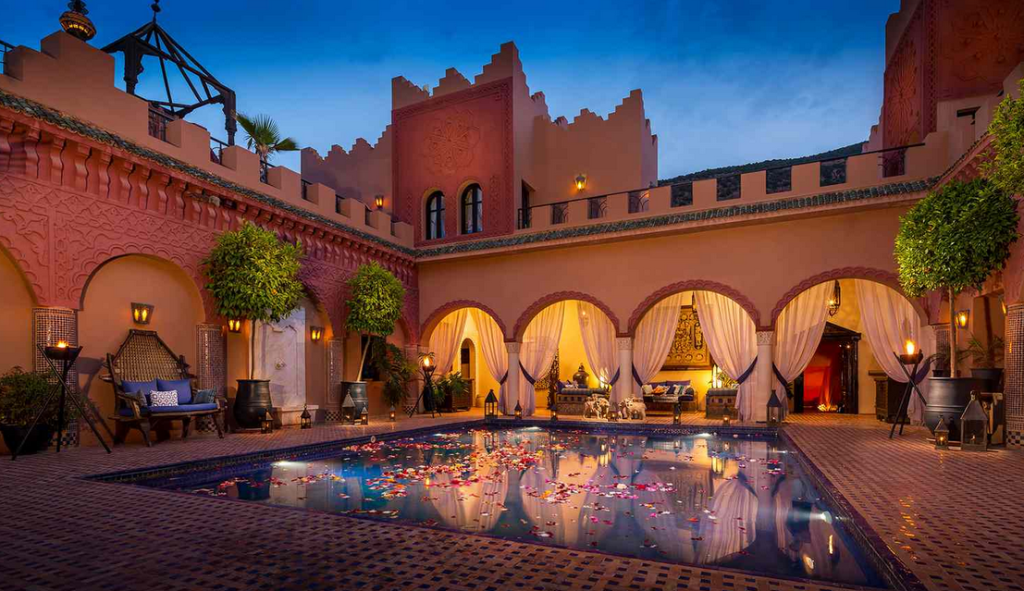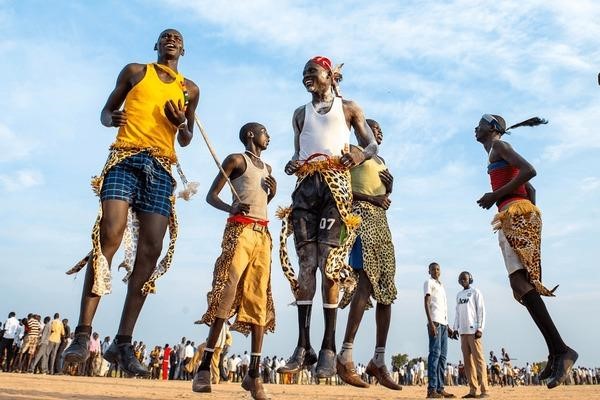Location
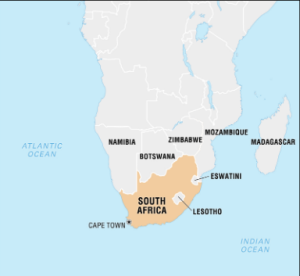
South Africa inhabits the southernmost region of the continent, and it is bordered by, Zimbabwe, Mozambique, Namibia, Botswana, and Swaziland (Eswatini). Inside South Africa is an enclave known as the Kingdom of Lesotho, a tiny, mountainous, landlocked country. The Indian Ocean borders South Africa’s eastern and southern boundaries, while the Atlantic Ocean borders its western border (“Map of South Africa”, 2022).
Population & size
The size of South Africa is 1,221,000 km2, with a population of 59.6 million people. Uniquely, South Africa has three capital cities:
Cape Town the legislative headquarters, Pretoria the administrative headquarters, and Bloemfontein the judicial capital. Johannesburg, South Africa’s largest city, is where the Constitutional Court is situated.
Due to its geographical location on the southern hemisphere of our planet, South Africa experiences a subtropical climate with cold summers and moderate winters. Also particularly challenging are the temperature variations between the day and night (“Map of South Africa”, 2022). It experiences about 500 to 1.000 mm of precipitation per qm, primarily brought on by severe summer storms. Most of the nation’s terrain is made up of high plains encircled by formidable mountains. The high plains are made up of deserts, bushes, and forest covers, but some woodlands are along the eastern shore. South Africa has only a few animals and plants due to the diversity of the terrain and the often arid environment (Dayaram et al., 2019). South Africa therefore, is a popular tourist destination due to its diverse terrain, stunningly beautiful scenery, and rich cultural heterogeneity.
Language
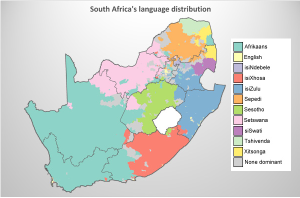
There are eleven official languages in South Africa. In addition, it has eight other official regional languages. In various parts of the country, you will hear multiple languages. In South Africa, both Afrikaans and English are widely spoken throughout the country; however, most of the population does not speak either of these two languages in some rural places (Docrat et al., 2021). In the governmental, educational, and formal economic arenas, English seems to dominate to a greater extent, representing a trend away from Afrikaans as the primary language of government.
The Black African population’s communication is diverse and primarily falls into four language groups. The major group is the Nguni, which includes some Swati-speaking peoples, principally the Swazi peoples, as well as speakers of the Xhosa, Ndebele, and Zulu languages, which get their names from the Nguni (Gateway, 2022). The second most populous is SothoTswana, which again includes several groups whose identities are derived from those who speak them most frequently—the Pedi, Sotho, and Tswana. In several Highveld regions, Sotho-Tswana language speakers make up the majority. The Venda group comprises mainly the Venda peoples who are predominantly found in Limpopo province and the Tsonga or Shangaan speakers, primarily the Tsonga peoples, predominantly found in Mpumalanga and Limpopo provinces, are the other two major language groups (Gateway, 2022).
There are two primary language groupings among white South Africans. They speak Afrikaans, most of whom are descended from Dutch, German, and French pioneers. The remaining population is primarily made up of English speakers who are mainly derived from British colonists (Gateway, 2022). At the same time, there is also a sizeable Portuguese minority and lesser populations of Italians and other nationalities. Most people who used to be considered people of color speak Afrikaans or, to a lesser degree, English.
While there are differences in communication patterns amongst ethnic groups in South Africa, most people communicate straightforwardly. They typically have a confident, direct speaking style. Most South Africans feel comfortable showing physical affection to one another and like giving and receiving warm embraces and pats on the back. Physical distance might be dismissiveness, unfriendliness, or a lack of confidence (Gateway, 2022). Some people could take putting your hands in your pockets as being disrespectful. Black South Africans are very active and rely mainly on facial gestures to convey a meaning when speaking. In general, white South Africans utilize fewer hand gestures in speaking. In addition, using your index finger to gesture at someone is considered impolite.
Depending on the environment, people may communicate differently. For example, those in rural areas might use more traditional methods, while those in metropolitan areas might use more sophisticated strategies (Gateway, 2022). In a small town, for instance, Afrikaans people can consider it quite impolite to address seniors without using the prefix “Tannie” (auntie) or
“Oom” (uncle). However, in an urban setting, individuals may refer to older persons as “Meneer”, “Mevrou” or “Juffrou” (Mr, Mrs, or Miss).
Climate
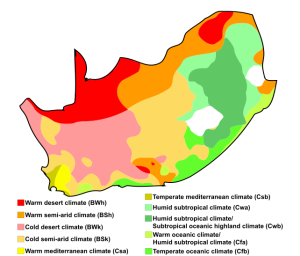
https://commons.wikimedia.org/wiki/File:South_Africa_map_of_K%C3%B6ppen_climate_classification.svg
The climate of South Africa varies from desert and semi-arid in the northwest to subtropical on the eastern coast. Rainfall mainly occurs throughout summer, while in the southwest near Cape Town, precipitation occurs in wintertime. Temperatures are affected by differences in height, topography and ocean circulation more than latitude.
History
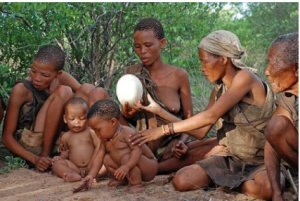
https://study.com/academy/lesson/south-africa-history-facts-cultures.html
In 1652, the Table Bay in Cape Town was built as the first European settlement. The settlement, founded to provide fresh vegetables to passing ships, quickly expanded as Dutch farmers moved there to cultivate crops. Enslaved people were brought into the colony from East Indies, Madagascar, and the East Africa not long after it was founded (Saunders, 2018). The Chapman was the first of 21 ships that carried the 1820 Immigrants, the first group of British immigrants to Algoa Bay (currently Nelson Mandela Bay). They totaled roughly 4 500 and included professionals, farmers, traders, tutors, bookbinders, metal workers, ex-soldiers and sailors, business people, and religious leaders.
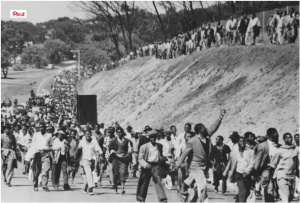
https://www.history.com/news/apartheid-policies-photos-nelson-mandela
There were just 15,000 individuals residing in the European colonies by the end of the 18th century. However, Cape Town swiftly became a fusion of Dutch, French, and German people who subjugated and sold the indigenous people as enslaved people. White settlers’ offspring referred to themselves as “Boers” and spoke an Afrikaans-based Dutch dialect. They attempted to form their autonomous nation in 1795 but were thwarted by the British (Saunders, 2018). Following the Boer War, which lasted from 1899 to 1902 and saw gold and diamonds discovered in 1867 and 1876, the British Empire also acquired Transvaal and Orange Free State. As a result, in 1910, Natal, Transvaal, Orange Free State, and Cape formed the “Union of South Africa”. Racial segregation also began this year, despite the fact that the term was first used formally in 1948.
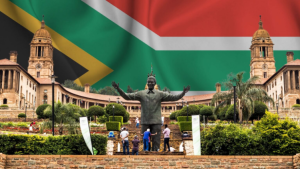
The Legislature officially ended apartheid on June 5th, 1991. The Population Registration Act of 1950, which categorized every South African at birth according to race, was repealed two weeks later by the Legislature. Following a temporary Constitution, South Africa conducted its first independent elections in April 1994, and Nelson Mandela was elected president (Saunders, 2018). Nelson Mandela retired in 1999, having served as president for a period that solidified his standing as one of the world’s most progressive leaders. Thabo Mbeki, the astute deputy president of South Africa and head of the ANC (African National Congress), was voted into office in a landslide on June 2nd, 1999. Mbeki had previously taken up many of Mandela’s administrative duties.



